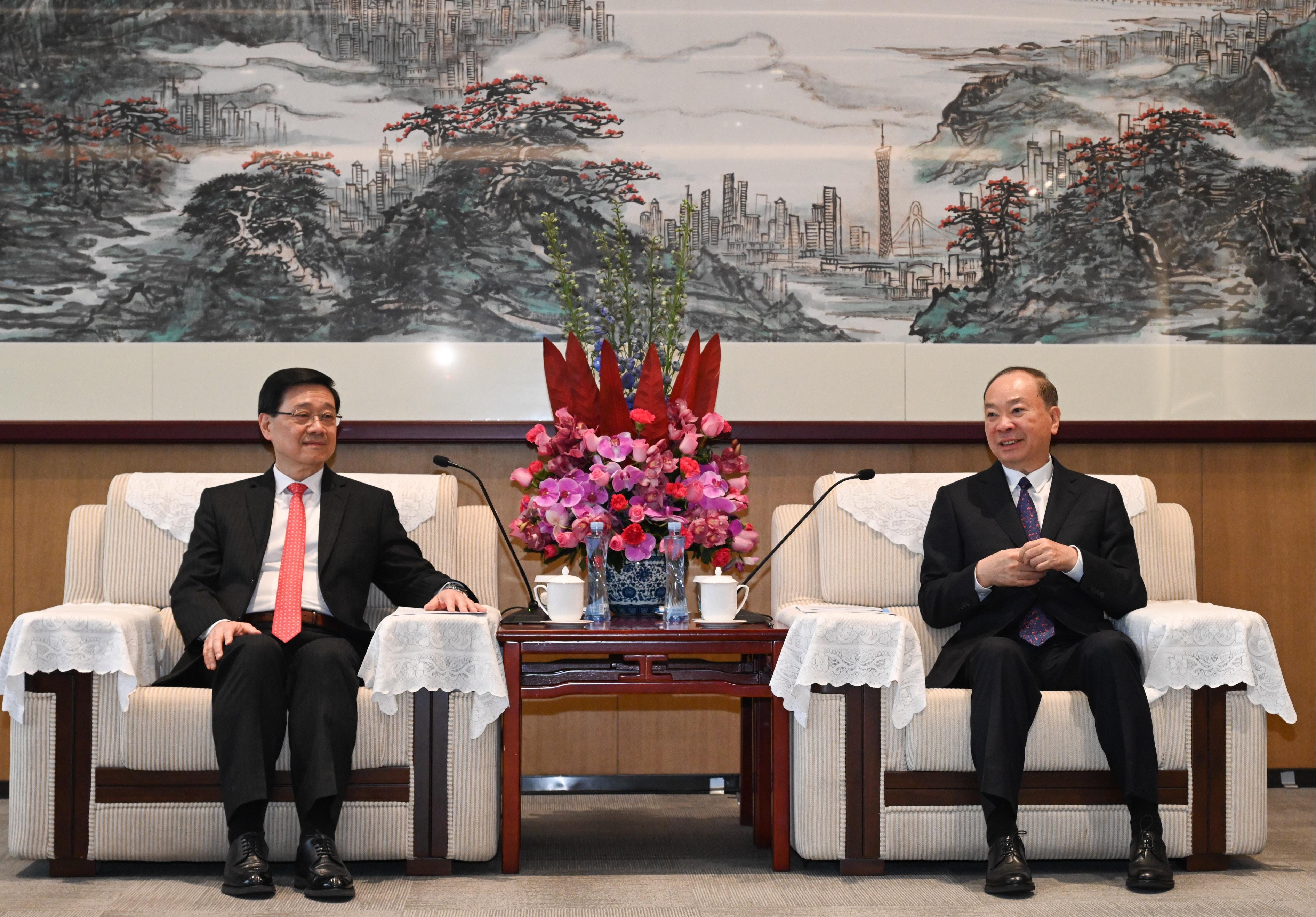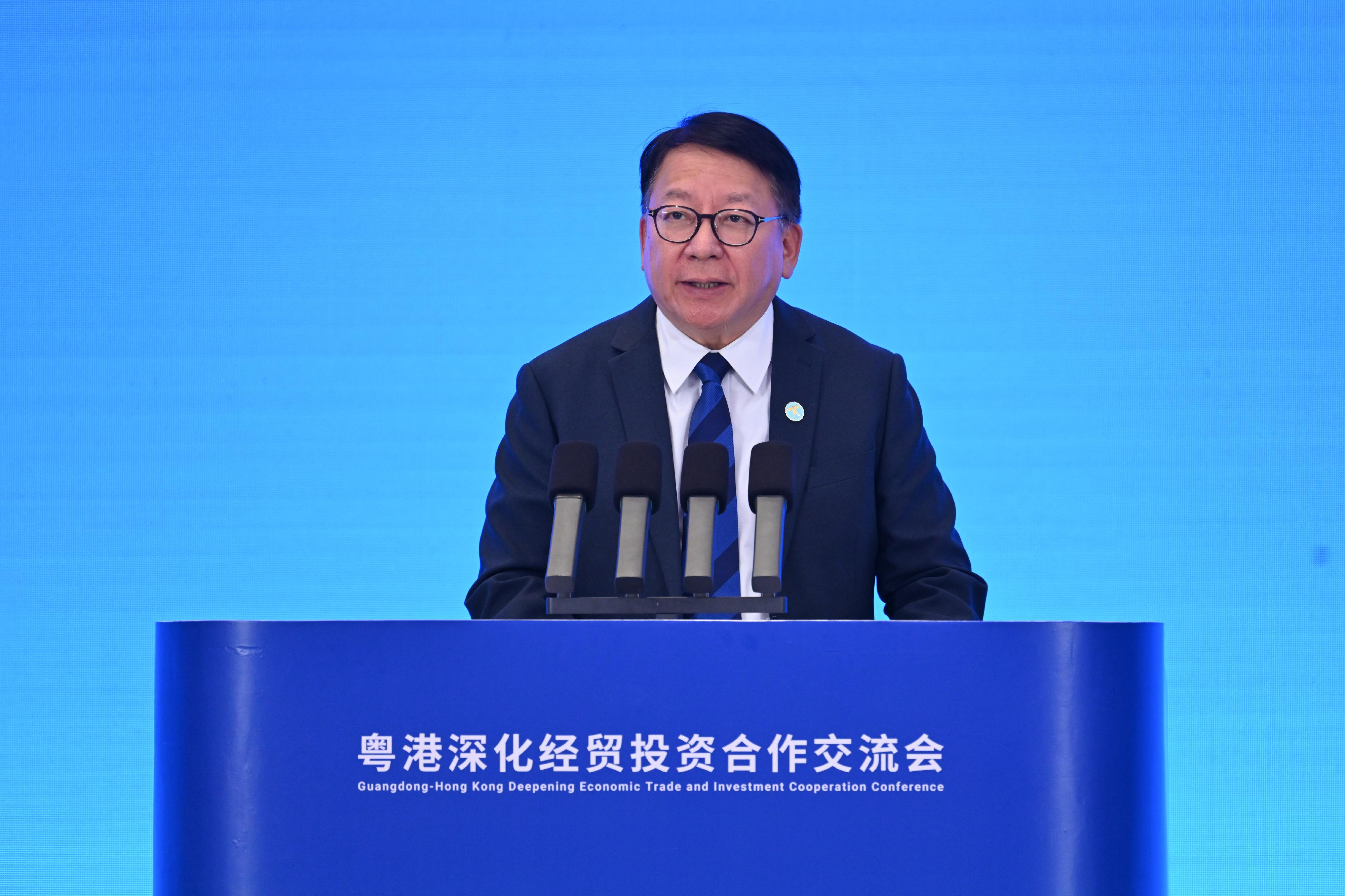Speech by SITI at GBA International Artificial Intelligence and Robotics Summit 2024 (English only) (with photo)
Following is the speech by the Secretary for Innovation, Technology and Industry, Professor Sun Dong, at the GBA International Artificial Intelligence and Robotics Summit 2024 today (November 26):
Emil (Deputy Chairman of Hong Kong Productivity Council (HKPC), Mr Emil Yu), Mohamed (Executive Director of HKPC, Mr Mohamed Butt), distinguished speakers and guests, ladies and gentlemen,
Good morning. It is my great pleasure to be here today at the GBA International Artificial Intelligence and Robotics Summit 2024. As we step into the third edition of the conference, we are thrilled to see many experts and innovative start-ups from the Mainland and around the world this year. A very warm welcome to you all.
AI (artificial intelligence) and robotics have transformed every walk of life and modes of operation across various industry sectors, from healthcare and finance to manufacturing and service industries. These powerful and heavily related technologies have not only greatly enhanced productivity and optimised service quality but have also brought about greater convenience, personalised services and better quality of life. Coupled with the vast market size and population in the Guangdong-Hong Kong-Macao Greater Bay Area, the benefits of AI and robotics applications, alongside the associated business opportunities, are immensely promising and substantial.
Hong Kong provides the perfect setting for AI and robotics technologies to flourish. With the support of our motherland, Hong Kong is making strides towards becoming an international innovation and technology (I&T) centre. As home to five of the world's top 100 universities, we possess world-class R&D (research and development) capabilities and tech infrastructure, as well as a diverse talent pool. In the latest IMD World Digital Competitiveness Ranking, Hong Kong has ascended to rank seventh globally, which serves as a recognition to our continuous effort in promoting the I&T development of Hong Kong over the past few years.
Indeed, we have spared no effort in implementing all-round measures to foster a vibrant AI ecosystem in Hong Kong that is conducive to both the community and businesses. To provide sufficient computing power resources for R&D, Cyberport is working full steam on developing the AI Supercomputing Centre, or AISC in short, to meet the growing demands of research institutes and industry sector. The first phase of the facility will soon come into operation. With computing power of around 3 000 petaFLOPS, the AISC will be one of the larger-scale computing facilities in the region.
Also, users of the AISC can leverage the AI Subsidy Scheme, in a total amount of HK$3 billion, equivalent to around US$385 million, to receive funding support for the computing resources to drive their AI-driven R&D work and innovative applications.
Ladies and gentlemen, with our motherland's staunch support, Hong Kong is well poised to develop into an international I&T centre. We will make good use of Hong Kong's distinctive advantages of being closely connected to the world, and play well our important role as a "super connector" and "super value-adder", with a view to becoming a platform for high-level I&T exchange, dialogue and co-operation, as well as an important bridge and two-way platform connecting the country and the world, thereby better serving the country's high-quality development.
Last but not least, I would like to extend my heartfelt gratitude to the Hong Kong Productivity Council for organising this Summit. May I wish the Summit a great success, and everyone an inspiring conference filled with valuable insights and cross-sectoral exchanges. Thank you.





